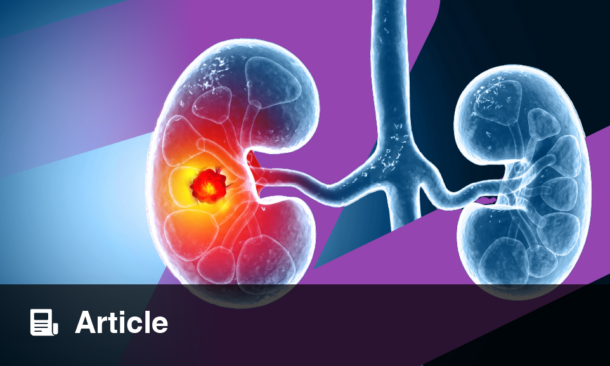A RECENT study has found that contrast-enhanced cone-beam breast CT (CBBCT) imaging features can help identify lymphovascular invasion (LVI) status in patients with breast cancer. The findings suggest that CBBCT could serve as a valuable tool for preoperative assessment.
LVI is the presence of malignant cells within lymphatic or blood vessels surrounding tumours and is associated with poor prognosis, local recurrence, and distant metastases. Traditionally, LVI is diagnosed through postoperative pathology, which provides no preoperative assessment benefit. The study indicates that CBBCT imaging could bridge this gap.
The researchers analysed data from 401 women who underwent CBBCT imaging between 2020 and 2023. Two radiologists independently reviewed the imaging features, identifying significant correlations between LVI status and factors such as histologic type, Ki-67 index, adjacent vessel sign (AVS), ipsilateral whole-breast vascularity (IIV) number, and IIV degree (all p < 0.05).
Multivariate logistic regression analysis highlighted AVS (odds ratio [OR] = 4.367, p < 0.001) and IIV degree (OR of moderate and prominent IIV = 4.732, 3.641, both p < 0.005) as independent risk factors for LVI. In cases of breast masses, LVI was associated with calcification, AVS, IIV number, and IIV degree, with AVS and moderate-to-prominent IIV serving as independent predictors. Similarly, for nonmass enhancements, AVS, IIV number, and IIV degree were significantly linked to LVI, with moderate-to-prominent IIV identified as an independent factor.
The team also developed a predictive model incorporating clinicopathological data and CBBCT imaging features, including AVS and IIV degree. This model demonstrated excellent performance in predicting LVI status, achieving an area under the curve (AUC) of 0.804.
The researchers emphasised that evaluating IIV in breast cancer could offer preliminary insights into the tumour microenvironment and aid in predicting LVI status. They also highlighted the need for further radiomics studies to explore LVI status using CBBCT, which could enhance differentiation between benign and malignant tumours, assess lymph node involvement, and identify metastatic burden.
These findings suggest that CBBCT could play a critical role in personalised treatment planning for breast cancer patients, potentially improving outcomes by enabling earlier and more precise intervention.
Reference
Bian K et al. Cone-beam breast CT features associated with lymphovascular invasion in patients with breast cancer. Acad Radiol. 2025;DOI:10.1016/j.acra.2025.01.005.








